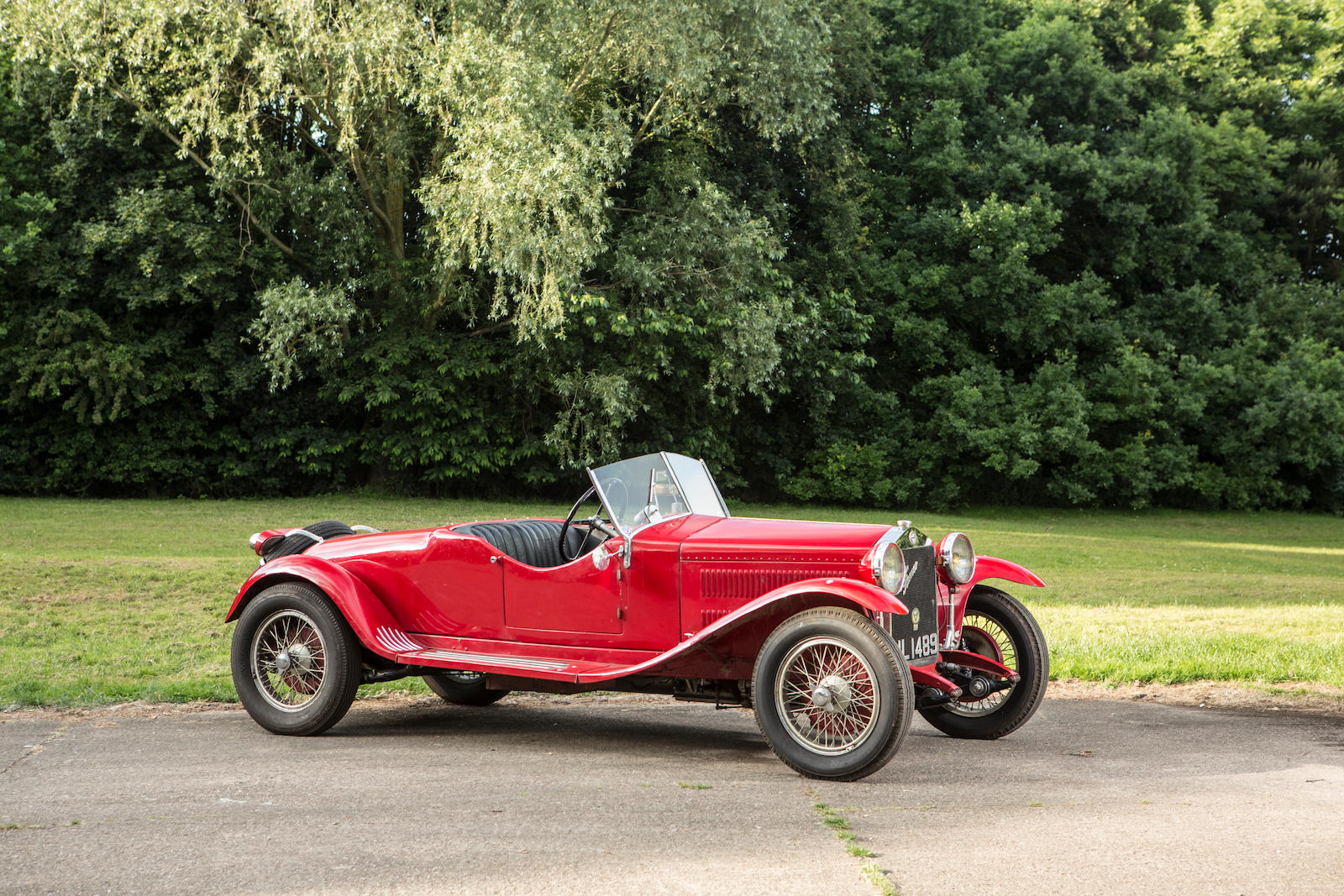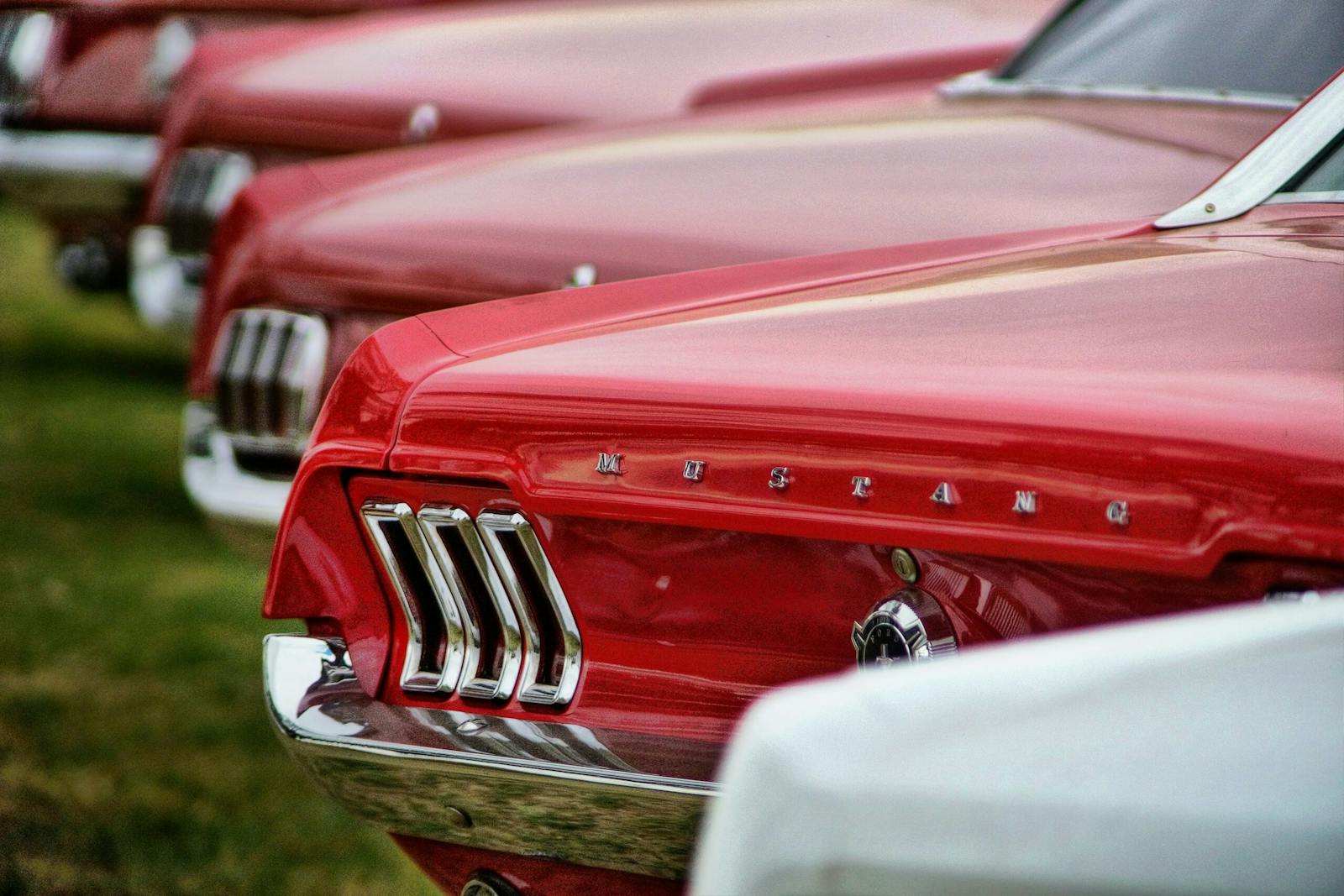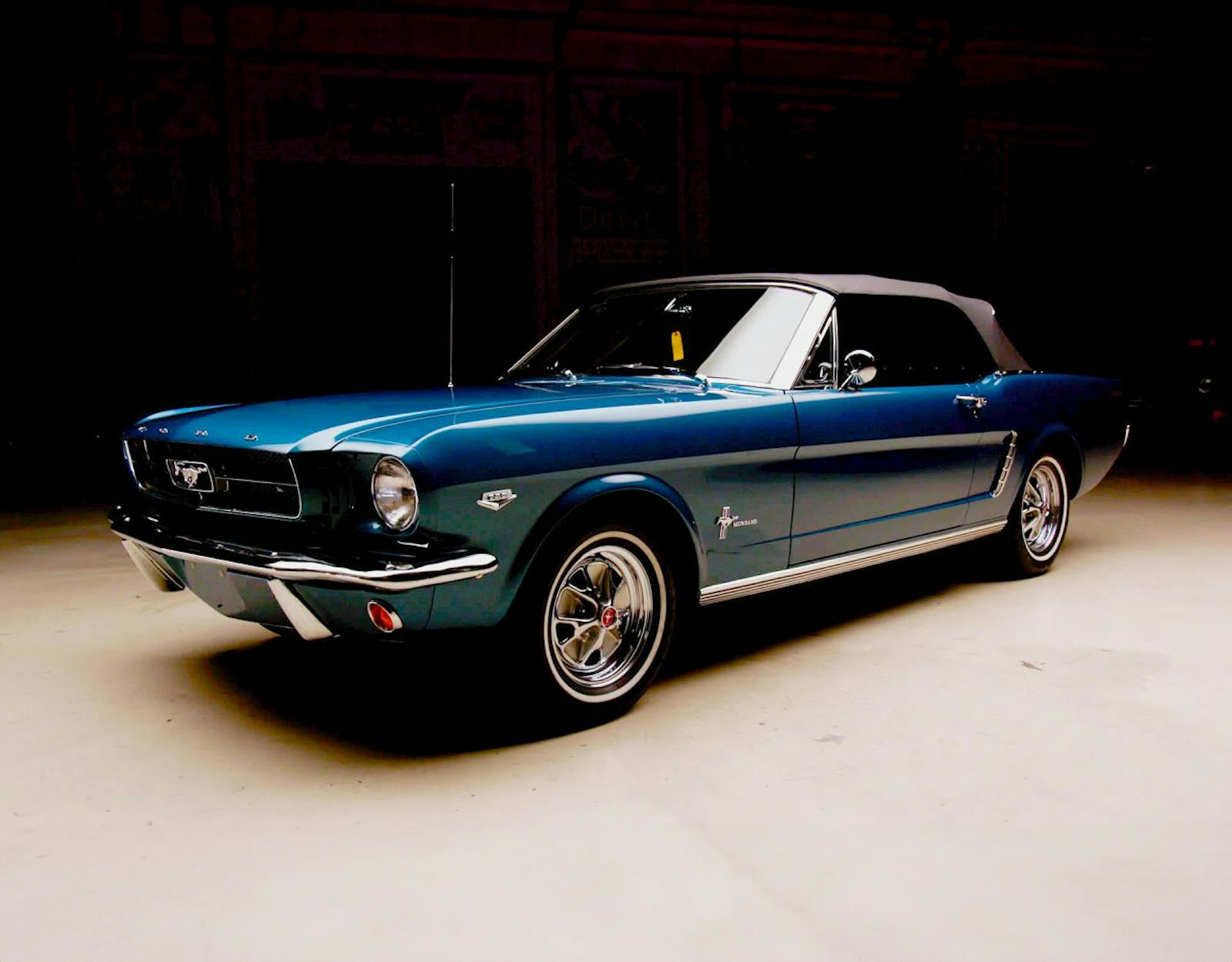100 years of Zagato: The best of each decade
A century ago, aeronautics expert Ugo Zagato applied the light-but-strong aluminum-frame construction methods used to build airplanes to the heavy, bulky cars of the day. And with that fateful decision, a star was born.
The list of Zagato masterpieces built in the 100 years since the Italian coachbuilder opened for business in 1919 is both long and admirable. But Zagato claimed he never designed a car based on style alone. “Great designs don’t come from wanting to produce a good shape,” he once said. “They come from making cars faster and more intelligent.”
In celebration of Zagato’s centennial anniversary, here are our selections for the most iconic Zagato designs from each decade.
1920s: Alfa Romeo 6C 1500

With a potent 1500-cc six-cylinder engine that produced 46 hp, the 6C already had the heart of a race car. And although Alfa Romeo manufactured its own bodies, many chassis were farmed out to coachbuilders like Zagato—a frequent choice of owners interested in a little competition. Alfa and Zagato have maintained a partnership, and it’s easy to see why. Zagato’s style and craftsmanship were first-rate from the start.
1930s: Lancia Aprilia Sport

Commissioned by Lancia dealer Enrico Minetti, the Aprilia Sport personified Ugo Zagato’s belief in aerodynamic design. The 1938 original was destroyed during World War II, but to celebrate Lancia’s Centennial, Ugo’s grandson Andrea decided to recreate his own Zagato-bodied Aprilia Sport.
Working from two faded monochrome photographs, the results were astonishing. In fact, a description of the car on conceptcarz.com could have been written in the 1930s: “The sheet metal of the bodywork was skillfully handcrafted by master panel beaters, working on a solid, machined buck. The final result is a symphony of perfectly taut lines and seamless highlights.”
1940s: Ferrari 166 MM Panoramica

Ferrari’s Zagato connection began when Enzo Ferrari drove for Alfa Romeo and later served as head of Alfa’s race team. When Ferrari left Alfa to build his own cars, several buyers requested Zagato bodies, including racer Antonio Stagnoli. His 1948 Ferrari 166 MM Zagato Panoramica (chassis #0018M) was the first Ferrari-Zagato collaboration.
Built on a 166 MM chassis (an upgraded version of the 1948 Mille Miglia winning 166 S), the Zagato Panoramica featured an odd-looking shape and Plexiglas side windows that curved with the roof to maintain the car’s rounded, aerodynamic styling. Stagnoli asked Zagato to transform the car into a spider in 1950, and after some racing success #0018M was lost, including its original body. Ferrari recreated the coupe in 2007 to celebrate its 60th anniversary.
1950s: Maserati A6G/54

Zagato scored again by creating alloy berlinetta coachwork for 20 Maserati A6G/54 models, creating lighter and more dynamic race cars that proved successful on the track. So successful, in fact, that the Zagatos propelled Maserati to the 1956 Italian Sports Car Championship.
One sold for $4.5M at RM Sotheby’s 2018 Monterey sale, another went for $4.4M at Gooding & Company’s Concorso d’Eleganza Villa d’Este Auction in 2014.
Because details and trim continually evolved, none of the 20 Zagatos were identical, and one even had a double-bubble roof more common to Zagato-bodied Fiat Abarths. That Maserati failed to sell at Gooding’s 2018 Pebble Beach Auction.
1960s: Aston Martin DB4 GT

The Aston Martin DB4 GT was a shorter and lighter version of the DB4 road car, aimed at the newly popular GT class. It wasn’t as competitive as Aston had hoped, so off it went to Zagato, which produced an exceptionally good looking car. Unfortunately, it still wasn’t competitive enough against the stiff competition that came from the Jaguar E-type and Ferrari 250 GTO.
Although the DB4 GT Zagato didn’t become the race winner that Aston and Zagato had hoped it would be, the car marked the beginning of a long-standing and successful collaboration that continues to this day.
DB4 GT Zagatos routinely sell for more than $10M, with a record-setting $14.3M paid for this stunning 1962 model at RM Sotheby’s Driven by Disruption sale in 2015.
1970s: Lancia Fulvia / Alfa Romeo Junior Z production cars


In the mid-1960s and into the ’70s, Zagato experimented with producing cars in volume.
The Lancia Flavia Sport Zagato, launched in 1963, saw production of about 625 cars before the Lancia Fulvia Sport Zagato launched two years later. First built with an aluminum body but changed to steel in 1970, Fulvia production jumped to more than 7000.
The Alfa Romeo Junior Z, based on the shorter-wheelbase 105-series Alfa Romeo Spider, was available in 1300-cc guise for from 1969–71 and 1600-cc from 1972–75. Production numbers are up for debate, but we’ll say this: good luck finding one. In fact, it has been nearly four years since the last 1600-cc was offered at auction; a 1973 model sold for $74,800 at Bonhams’ Quail Lodge Auction in 2015. According to Bonhams, it is one of only 12 known to exist in the U.S.
Fun fact: The Junior Z’s Zagato design was the inspiration for the Honda CRX.
1980s: Aston Martin V8 / Nissan Autech Stelvio


Reprising their Aston Martin DB4 GT Zagato collaboration of the 1960s, the Aston Martin V8 Zagato was launched at Geneva in 1986. Once again combining lighter weight, more horsepower, and original design, the angular Zagato was a hit. Exclusivity also returned, as 52 coupes and 37 convertibles were built from 1986–90.
In something of a 1A selection, the Nissan Autech Stelvio pushed the aesthetics boundary more than most Zagato designs. Featuring wing mirrors housed in an aerodynamic blister on the wing/fender, the cars were built in a joint venture with Nissan subsidiary Autech and launched in 1989. If you’ve never seen one, you have to check it out.
1990s: Alfa Romeo SZ / Lancia Hyena


The Alfa Romeo SZ and the later RZ convertible are based on the sophisticated Alfa Romeo 75 platform, which was known as the Milano in the United States. Following the usual Zagato formula of less weight and more power, the lightweight two-seater incorporated the Milano’s 3.0 V-6 transaxle platform, and the result was an exciting performance vehicle. While Zagato built the cars, the design is credited to Robert Opron and Antonio Castellana of Fiat Centro Stile.
The Lancia Hyena, another home-market collaboration for Zagato, also deserves mention. Based on one of the hottest five-door hatches of all time, the all-conquering Lancia Delta Integrale Evo, Zagato came up with a lightweight two-door version of the all-wheel-drive four-cylinder turbocharged car. Sadly, Lancia and parent Fiat never gave Zagato the opportunity to buy unfinished cars from the factory, so only a handful were built using finished (and often crashed) Lancia Delta Integrales.
2000s: Aston Martin DB7 / Bentley Continental GTZ


By the 2000s, Aston Martin’s successful reach into more affordable production cars (with the DB7, launched in 1994) was getting a bit dated. But after Andrea Zagato and Aston Martin CEO Ulrich Bez had a chance meeting at Pebble Beach in 2001, the two hatched a plan to produce 99 DB7 Zagatos. Launched in 2003, the car more closely resembles the DB4 GT Zagato of 1961. While the DB7 Zagato coupe wasn’t available in the United States, the DB AR1 roadster was produced only for the U.S.
Zagato continued to produce very limited series cars in the 2000s, with models like the Bentley Continental GT and the Ferrari 550/575/599. Only nine Bentley Continental GTZ examples were produced, and once again they were the result of a chance meeting at Pebble Beach—this time in 2006—between Andrea Zagato and Bentley boss Franz-Josef Paefgen. They’re breathtaking.
2010s: BMW Zagato Coupe / Porsche 356 Carrera Speedster Sanction


While Zagato and Aston Martin have continued to team up on limited production models, in 2012 BMW approached Zagato to build a concept Z4. A coupe version was first shown at the Villa d’Este Concorso in May 2012, with a roadster unveiled at Monterey in August 2012. Some of those design cues appear on the 2019 production model.
Zagato also worked on a Porsche 356 Carrera Speedster model. Based on a one-off that was destroyed in 1959, nine examples have been built.

